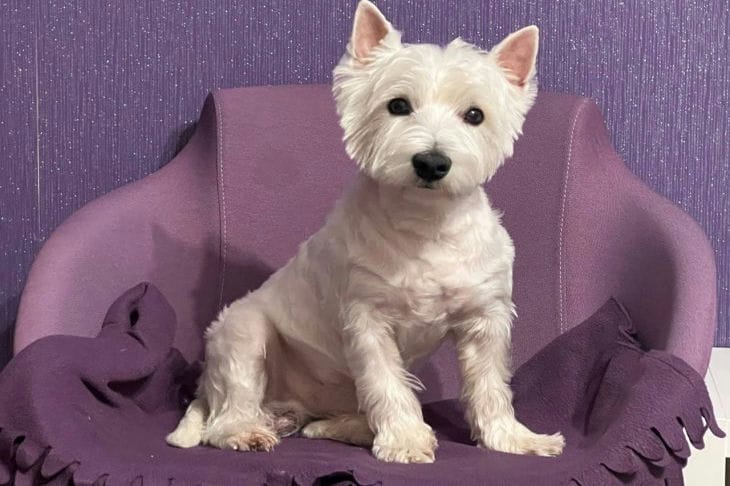How to quickly make friends with someone else's dog: secrets of instant trust from a four-legged friend
Meeting an unfamiliar dog can cause mixed feelings: from delight to apprehension.
However, knowing the right approach, you can quickly gain the trust of your four-legged friend and establish positive contact.
The key to success is understanding dog psychology and non-verbal communication.
Respect for personal space
The first rule when meeting a strange dog is to respect its personal space. Don't rush to the animal with hugs right away.
It is better to let the dog approach and sniff the person itself. This will allow it to feel safe and show interest in the new acquaintance.

Body language
Dogs are very sensitive to body language. An open, relaxed posture, no sudden movements, and no direct staring will help create an atmosphere of trust. You can squat or stand sideways to the dog to avoid looking threatening.
Calm voice and positive attitude
Talking to your dog in a calm, friendly tone will help it relax. It is important to radiate positive energy – dogs are very sensitive to human moods. A smile and soft intonations will create a pleasant atmosphere for getting to know each other.
Using Treats
Treats are a great way to get your dog to like you. However, you should ask the owner for permission before offering a treat. Some dogs may have allergies or be on a special diet. If treats are allowed, they should be offered in an open palm, without making any sudden movements.
Play and interaction
Many dogs love to play. Offering them a ball or other toy to play with can quickly endear them to a person. However, it is important to remember that not all dogs respond to play in the same way, especially with strangers.
You should carefully observe the animal's reaction and not force the game if the dog does not show interest.
Reading Dog Signals
Knowing how to read a dog's body language will help you understand whether it is comfortable communicating with you. A relaxed posture, wagging tail, and an open "smile" indicate a friendly mood.
On the contrary, pressed ears, a tense posture, or growling signal discomfort or fear.
Respect for individuality
Each dog has its own character and preferences. Some like active communication, others prefer calm interaction.
It is important to be attentive to the animal's reactions and adapt your behavior accordingly.
Gradual convergence
Even if the dog seems friendly, don't force things. It's better to let the relationship develop gradually.
Short, positive interactions will help build trust over time.
Communication with the owner
Often the way to a dog's heart is through its owner. Friendly communication with the owner can help the dog feel more comfortable in the presence of a new person. In addition, the owner can give valuable advice on how to best approach their pet.
Respect for boundaries
Some dogs may not want close contact with strangers, and that's okay.
It is important to respect the animal's choice and not impose your company if the dog clearly demonstrates a reluctance to interact.
The process of getting to know a strange dog requires patience, respect and attentiveness. Understanding dog psychology and body language will help you quickly establish contact and gain the trust of your four-legged friend.
By remembering that every dog is unique and approaching the introduction process with respect and a positive attitude, you can create the foundation for a strong friendship.
